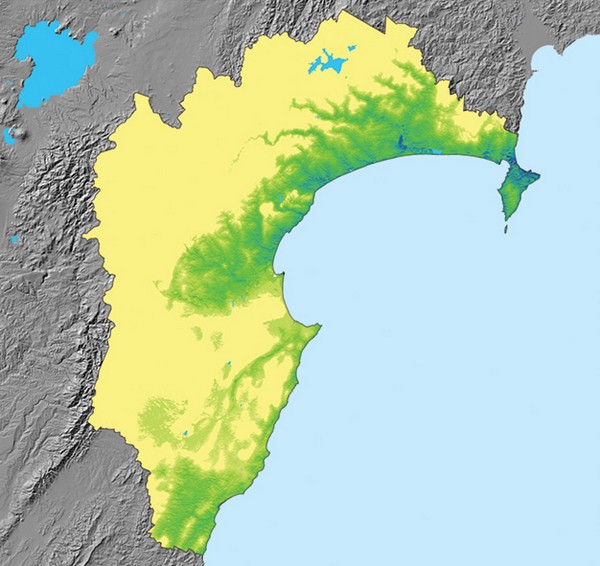Afforestation is a powerful remediation approach for reducing erosion. The Hawke’s Bay Regional Council and the Hawke’s Bay Regional Investment Company approached Scion and our collaborators to understand what environmentally and economically sustainable afforestation could do to combat erosion in their region.
The Right Tree, Right Place study saw researchers strategically analyse the 12 per cent of land in the Hawke’s Bay considered vulnerable to erosion. They assessed suitable afforestation options from commercial exotic forests through to exploring possibilities for permanent native forests.
The study also took into account the added value from benefits to the environment from planting. These benefits included sequestering carbon, the reduction of sediment and nutrients in waterways, and the benefits to terrestrial and aquatic biodiversity. Results show strategic afforestation is potentially a worthwhile investment for the Hawke’s Bay Region.
Hawke’s Bay Regional Council CEO James Palmer says, "Hawke’s Bay Regional Council CEO James Palmer says, “The data-driven Right Tree, Right Place (RTRP) programme project has reinforced that owners of the land need to see the social, environmental and financial benefits of afforestation and how it might impact local communities.
“We will use the insights gained from the RTRP project to partner with landowners to optimise the mix between permanent forest and tree crops and pastoral farming, to knit together a more diverse patchwork of land use with greater resilience and ecological integrity and function.”
Although planting regimes vary from site to site afforestation could be worth up to $500 million in timber value (for radiata) planted on 100 000 hectares, and environmental benefits could add another 1.5 times the value of timber. The value of optimising and expanding wood processing in the region could provide 440 jobs and add $450 million to GDP.
Forestry is a long-term investment and landowners need as much information as possible to de-risk their decision making. This project gives landowners access to information on a wide range of factors before they consider planting. Starting with tree species site suitability, adding an economic valuation and then a view on wider industry growth potential in the region.
Afforestation on the large area of erodible sites opens up the possibility of building energy self-sufficient primary production processing clusters. Developing wood processing clusters near Wairoa and Napier could reduce the reliance on fossil fuels (reducing GHG emissions) and contribute hundreds of jobs and hundreds of millions of dollars to the country’s GDP.
Energy to power the wood processing clusters could be provided by the slash and waste wood with enough clean energy left over to run freezing works and other local industries, eliminating coal use and reducing greenhouse gas emissions.
Funders: Hawke’s Bay Regional Council, Hawke’s Bay Regional Investment Company, Te Uru Rakau
Collaborators: PF Olsen, AgFirst, Fresh Perspectives Insight, RedAxe Forestry

